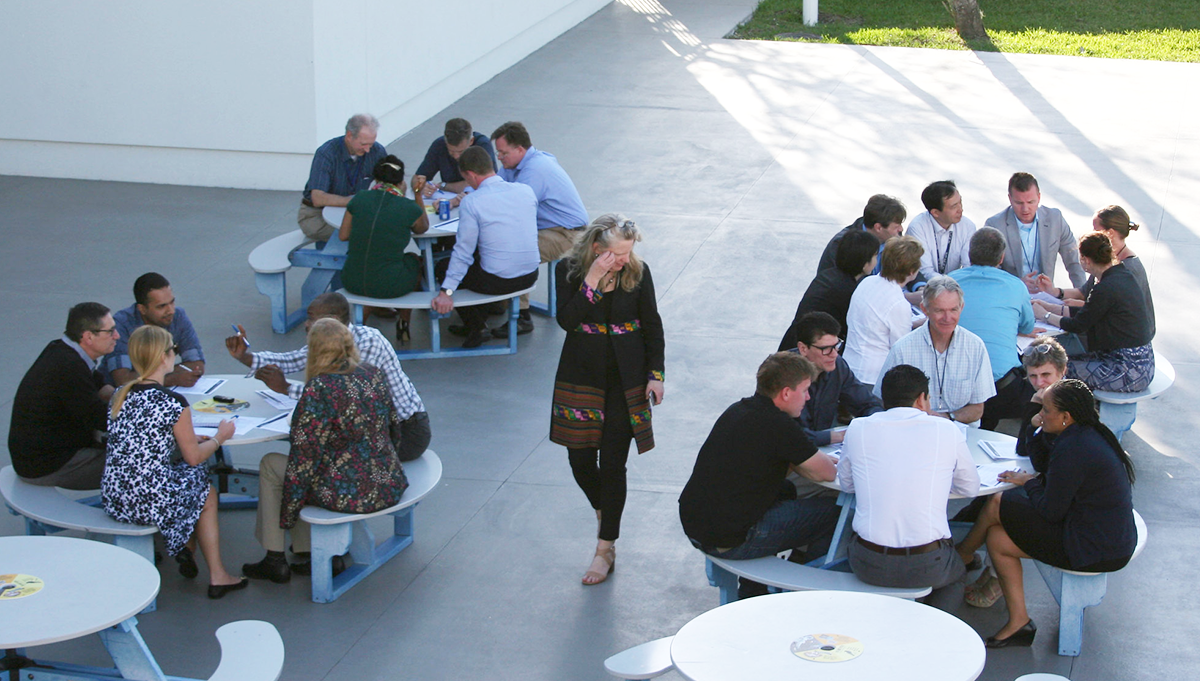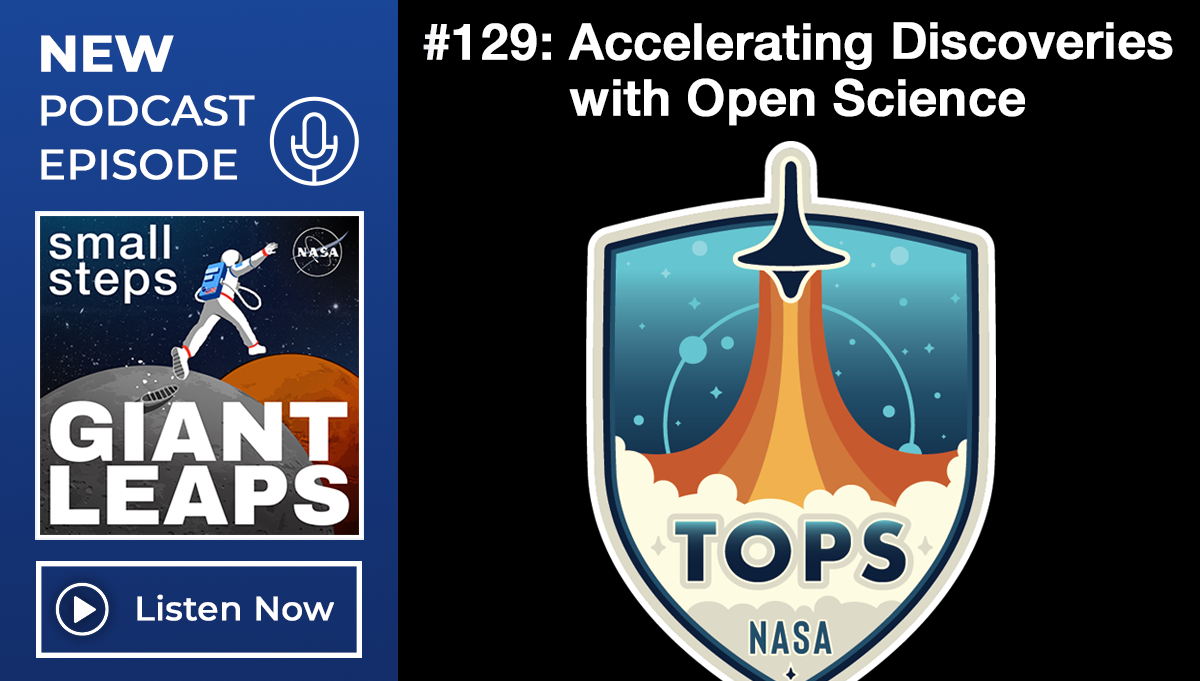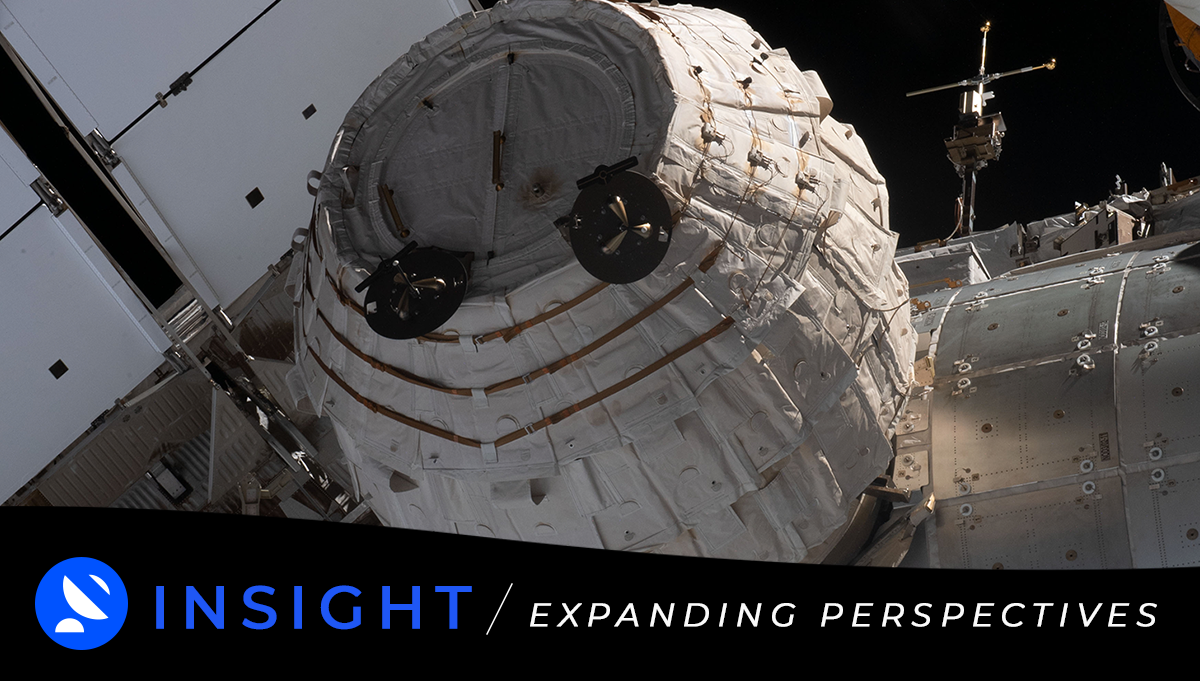
Small Steps, Giant Leaps
Tap into the experiences of NASA’s technical workforce as they develop missions to explore distant worlds—from the Moon to Mars, from Titan to Psyche. Learn how they advance technology to make aviation on Earth faster, quieter and more fuel efficient. Each biweekly episode celebrates program and project managers, engineers, scientists and thought leaders working on multiple fronts to advance aeronautics and space exploration in a bold new era of discovery. New episodes are released bi-weekly on Wednesdays.
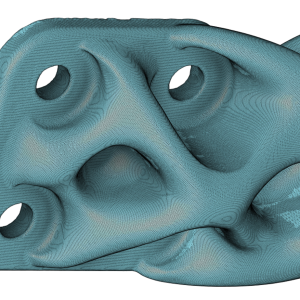
EPISODE 92: EVOLVED STRUCTURES
NASA Research Engineer Ryan McClelland discusses digital engineering technologies that are transforming classical engineering tasks and processes. Read More
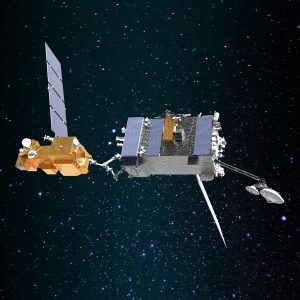
EPISODE 91: OSAM-1
OSAM-1 Lead Systems Engineer Wendy Morgenstern discusses NASA's On-orbit Servicing, Assembly, and Manufacturing 1 mission to robotically refuel a satellite that wasn't designed to be serviced. Read More

EPISODE 90: EFFECTS OF SPACE RADIATION
NASA Space Radiation Element Scientist Robin Elgart discusses research aimed at reducing radiation health risks. Read More

EPISODE 89: THE BIG DIG
Boston University Assistant Professor Virginia Greiman discusses enduring lessons from the largest, most technically challenging highway project in U.S. history. Read More
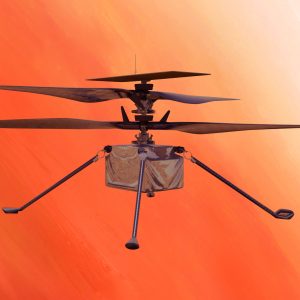
EPISODE 88: INGENUITY MARS HELICOPTER FLIGHTS
Ingenuity Mars Helicopter Chief Pilot Håvard Grip discusses the rotorcraft's history-making flights on the Red Planet. Read More

EPISODE 87: NUSTAR
NuSTAR Principal Investigator Fiona Harrison discusses NASA's Nuclear Spectroscopic Telescope Array. Read More

EPISODE 86: ASTROBIOLOGY RESEARCH COORDINATION NETWORKS
NASA Astrobiology Program Senior Scientist Mary Voytek discusses Research Coordination Networks. Read More
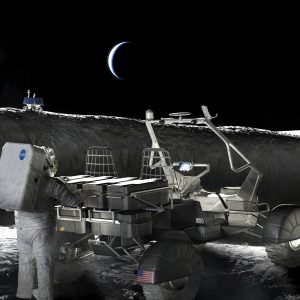
EPISODE 85: MOON TO MARS HABITATION
NASA's Tiffany Nickens discusses habitats being developed for living on the lunar surface and traveling to Mars. Read More
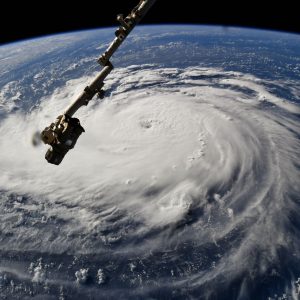
EPISODE 84: NASA’S ROLE IN WEATHER RESEARCH
NASA's Edward Kim and NOAA's Pam Sullivan discuss NASA's role in weather research. Read More


